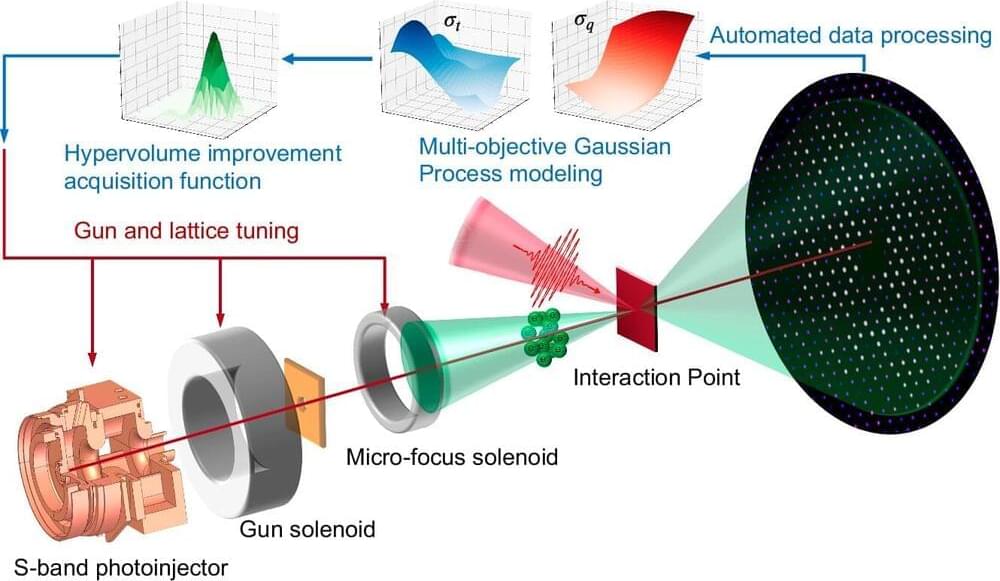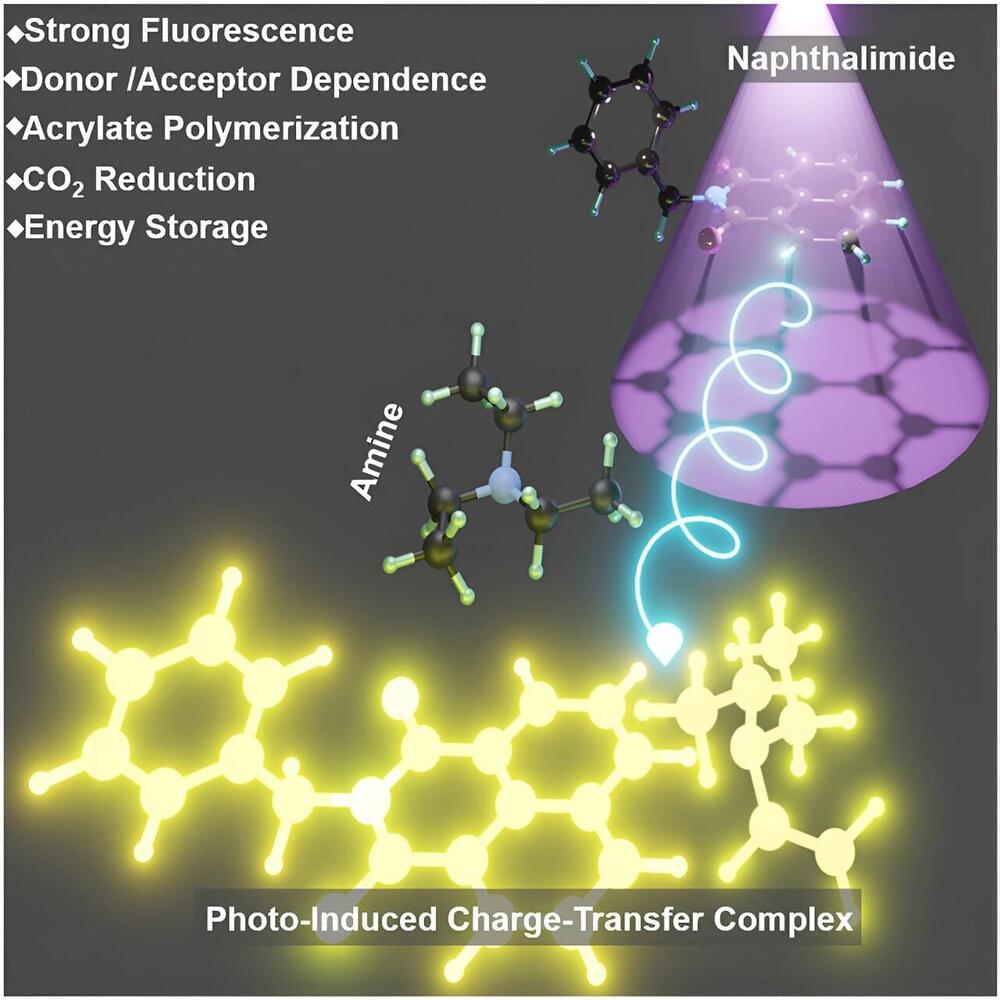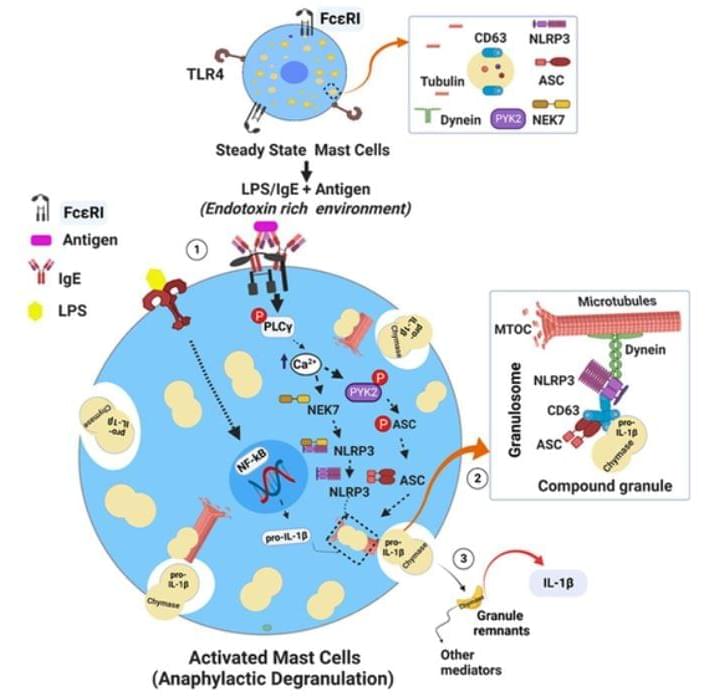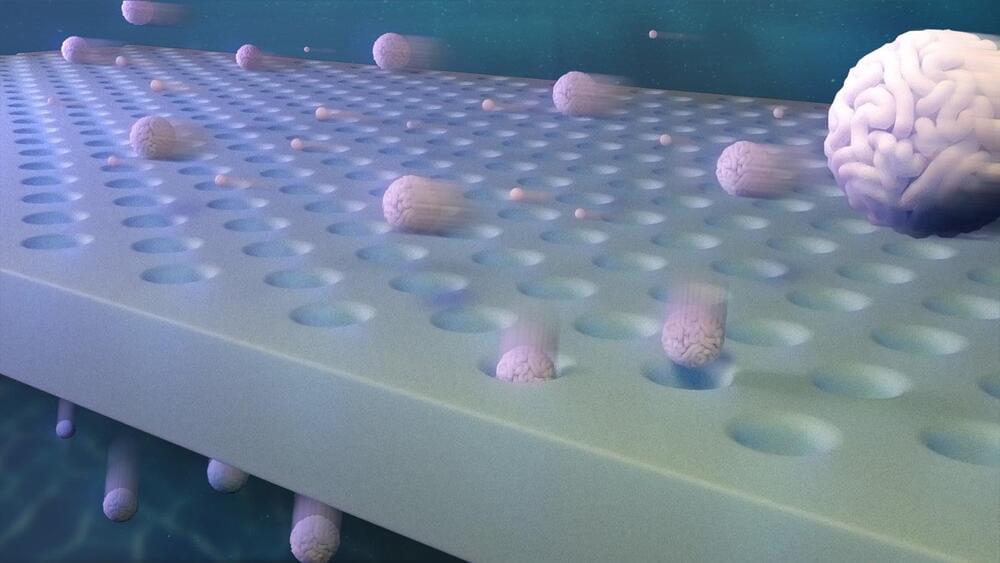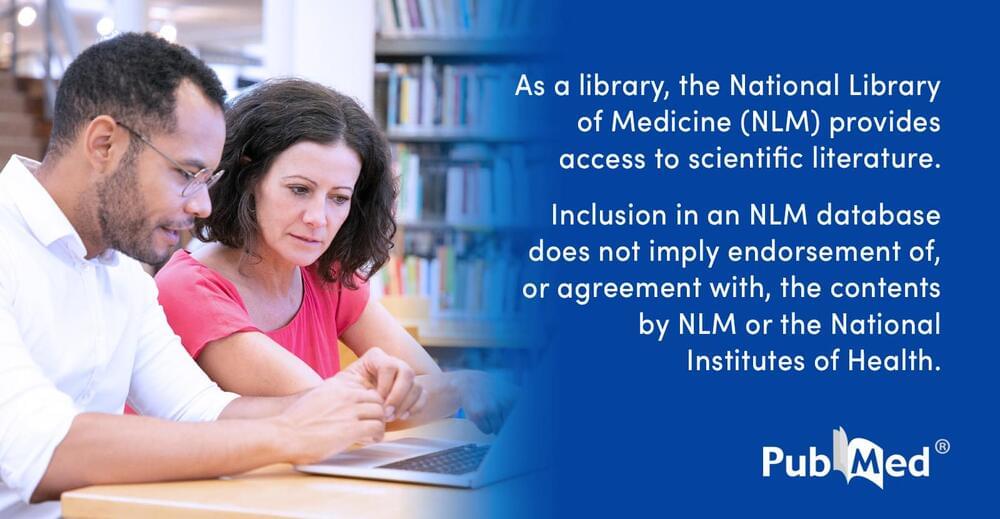Imagine being able to watch the inner workings of a chemical reaction or a material as it changes and reacts to its environment—that’s the sort of thing researchers can do with a high-speed “electron camera” called the Megaelectronvolt Ultrafast Electron Diffraction (MeV-UED) instrument at the Linac Coherent Light Source (LCLS) at the U.S. Department of Energy’s SLAC National Accelerator Laboratory.
Now, in two new studies, researchers from SLAC, Stanford and other institutions have figured out how to capture those tiny, ultrafast details with more accuracy and efficiency.
In the first study, recently published in Structural Dynamics, one team invented a technique to improve time resolution for the electron camera.
